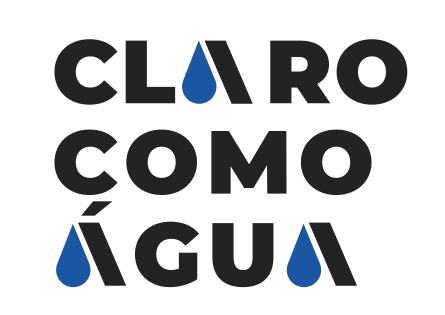The main visual tool that shows a list of the Categories defined on the Joomla web site.
Category
In Joomla! a Category is a collection of Articles. In Joomla! a website might have Categories called "Animals" and "Plants". Within the "Animals" Category, the website might have Sub Categories such as "Birds" and "Mammals". Within the "Birds" Category, the website might have Articles such as "Parrots" and "Sparrows".
The example above could be expanded even more with specific articles on different species of Parrots and Sparrows. Start with using an "Animal" Top Category. Placing the Sub Categories "Birds" and "Mammals" are under the Animal category, and then a "Parrots" and "Sparrows" Sub Category under the "Birds" Sub Category as shown.
Animals
Birds
Parrots
Sparrows
Mammals
Now you can create multiple articles in the Parrot and Sparrow Categories.
Categories are maintained using the Category Manager which can be reached in the Administrator (Back-end) by clicking on the Content menu, then the Category Manager menu item.
Model
One of the three elements of the model-view-controller design pattern. The model encapsulates the data used by the component. The model is typically all about the “business” or “domain” logic and the database. The base API class we use for models is called JModel.
Menu
In Joomla!, a Menu is a set of menu items used for website navigation. Each menu item defines an URL to a page on your site, and settings that control the contents(articles, category(ies) lists, taggged items, etc.) and style(module(s), layout) of that page. Additionally, each menu has a Menu Type, these are shown in the menu manager, see Adding a new menu. The menu type will actually be the Unique Name or alias that will be used to create human-readable URLs if Search Engine Friendly URLs are turned on. Menu items can have any number of subitems.
A Menu isn't automatically shown on any page. You need to create a menu module to show the menu on all or some pages. Each menu can be shown by one or more modules (making it possible to show the same menu in different positions). It is also possible to create Split menus.
A Menu that isn't shown by any module is usually called a hidden menu. Hidden menus can be used to create URLs that are not visible on any page.
Reference: http://docs.joomla.org/Glossary
Cache
The mechanism that offers users a stored view of (part of) a web page so that does not have to be pulled from the database. Joomla core offers three levels of caching:
Page caching
View caching
Module caching.
By default, Joomla does not cache any content. When caching is switched on, the stored views for this are stored in the filesystem for Joomla ../cache/page/ folder.






















